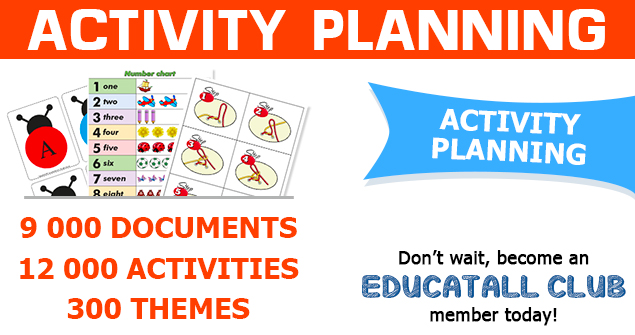
When a young child hurts his peers
Usually, a child who bites will begin doing so around 18 months. Biting intensifies around a child's second birthday, a period when children are developing their personality and beginning to interact with others. Unfortunately, this can lead to biting and hitting. A child might think to himself, "If you take my toy, I will say no with my teeth." Sometimes, instead of biting, children resort to hitting, pushing, or scratching.
Sadly, there is no magical recipe to avoid these situations, but here are a few ideas that may help you get through this unpleasant period.
Observation
To begin, observe the child's behavior. When does he bite? Is he tired? Are there too many children in his personal space? What exactly does he do? Does he watch for the other child's reaction or does he immediately grab the toy he wanted? Is his biting the result of uncontrolled anger? Certain children bite to get an adult's attention. Your observations will help you determine what type of intervention is appropriate.
Redirection
If a child bites to "protect" a toy another child is attempting to take away from him, teach the biter to say, "No, this toy is mine." You may also simply teach him to raise his hand straight out, like a crossing guard, to indicate "stop". What's more, you can redirect the child who is trying to take the toy away from the biter. Name his emotions, for example by saying, "You would like to have the truck too, but your friend is playing with it. There is another truck on the shelf, let's go get it together."
Fulfill his need
Before 18 months, a child may bite or hit to explore cause and effect. He may wonder, "I hit my friend and he cried... If I hit him again, will he start crying again?" In this case, it's very important that you distract the child and fulfill his need to hit. You can provide a large ball, for example, and encourage him to hit it. A drum can also represent an excellent tool for exploring cause and effect. You can say, "Your friend doesn't like it when you hit him because it hurts. He enjoys hugs. Let's tap on the drum instead."
Teething toys
Purchasing several teething toys represents another great solution to meet the needs of children who bite. If a child bites frequently, use a pacifier clip to attach a teething toy to his sweater. When the child bites to express anger, hold the teething toy close to his mouth and encourage him to bite it.
Time-outs
Here, the goal is not to constantly isolate a biting child since the time-outs are not used after bad behavior. Time-outs can be used to keep the other children safe when you are unable to watch a biter closely. This will make avoiding conflictual situations between the biter and the other children possible when you are out of the room or busy, for example during diaper changes. Whenever you can't be close to the group to intervene if necessary, I suggest placing your biter in his highchair. Explain this temporary situation to the child by saying, "I am putting you here because you need my help to communicate with your friends without biting. Play in your chair for a while and as soon as I am done what I need to do, you can go back to the group." Give the child a special toy or paper and crayons. Regularly change the toys you offer when you place him in his highchair. Be sure to let the child rejoin the group as soon as you are done whatever it is you were busy doing.
Help from an older child
If you work in a large daycare, you could also ask another early childhood educator to collaborate with you. During diaper changes, for example, your biter could visit the group of 4-year-olds. Another option would be for an older child to come spend time with your group and stay very close to your biter while you are busy completing another task. 18-month-olds very rarely bite older children. These methods can benefit children from both groups, they represent interesting distractions.
Conclusion
Observing a biter's behavior is very important and severe "punishment" is to be avoided. However, you must clearly demonstrate that you do not condone this type of behavior. Your goal must be to teach children to protect themselves and provide alternatives to biting while limiting biting "opportunities".
Eliminating bothersome behavior takes time. Be patient and, above all, consistent.
Chantal Millette
Early childhood educator

 Home
Home Theme activities
Theme activities
 Babies and toddlers
Babies and toddlers
 Arts and crafts
Arts and crafts
 Science
Science
 Creative recipes
Creative recipes
 Tips and tricks
Tips and tricks
 Special needs
Special needs
 Extra activities
Extra activities
 Educ-TV
Educ-TV
 Newsletter
Newsletter  Online store
Online store Educatall club
Educatall club


